Tours featuring this attraction
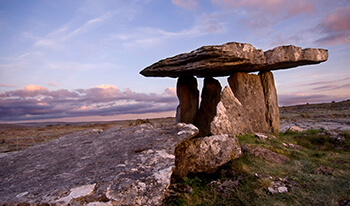
7 Night Southern Heritage Small Group Tour
(7 Nights)
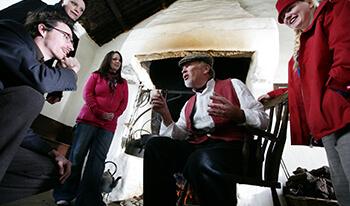
14 Night Around Ireland Tour
(14 Nights)
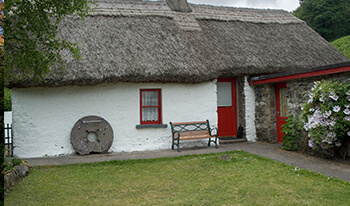
7 Night Irish Experience - Killarney, Galway & Bunratty
(7 Nights)

7 Night Northern Heritage Tour
(7 Nights)

8 Night Literary Private Group Tour of Ireland
(8 Nights)

8 Night Luxury Ireland
(8 Nights)
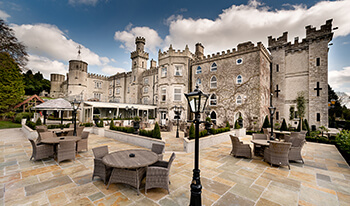
8 Night Irish Castles and Manors Silver Tour
(8 Nights)

8 Night Irish Castles and Manors Gold Tour
(8 Nights)

8 Night Irish Castles and Manors Platinum Tour
(8 Nights)
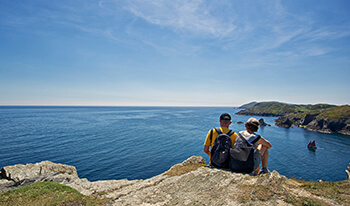
Best of Ireland Tour (10 Night)
(10 Nights)
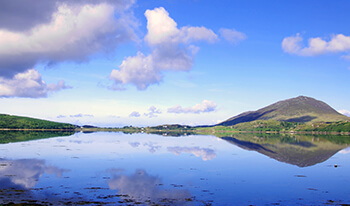
Best of Ireland Tour (12 Night)
(12 Nights)
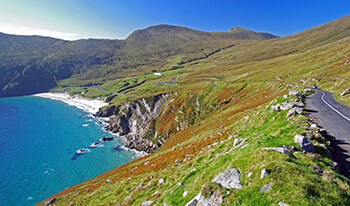
Best of Ireland Tour (14 Night)
(14 Nights)
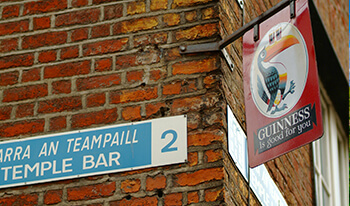
Irish Pub & Folk Tour (12 Night)
(12 Nights)
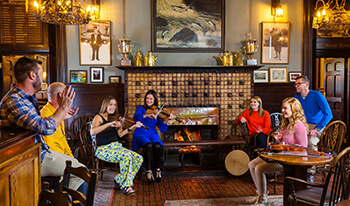
Irish Pub & Folk Tour (8 Night)
(8 Nights)
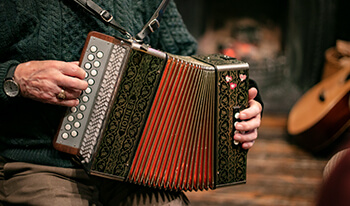
Irish Pubs & Folklore 10 Nights
(10 Nights)

Irish Pub & Folk Tour (14 Night)
(14 Nights)
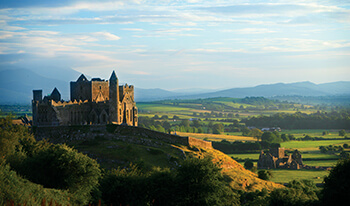
Best of Ireland Self Drive Tour & the Rock of Cashel (7 Night)
(7 Nights)

Irish Romance with luxury Irish Castle Stay 12 Night Tour
(12 Nights)
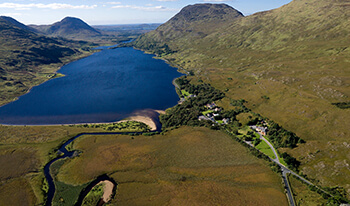
Irish Romance with luxury Irish Castle Stay 8 Night Tour
(8 Nights)
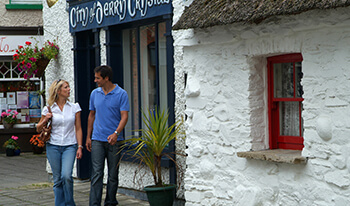
Irish Romance with luxury Irish Castle Stay 7 Night Tour
(7 Nights)